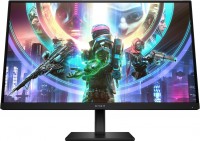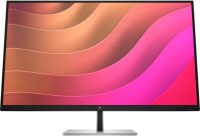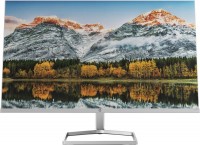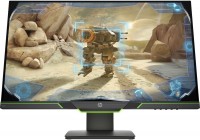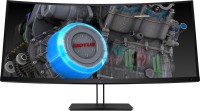Monitors HP series P-Series
prices on 7 modelsHP P-Series
Along with Dell, HP is one of the main suppliers of computer peripherals for the corporate market and the business segment. Therefore, it is not surprising that HP releases two lines of professional monitors at once - HP Z and HP P. The first group includes rather expensive AAA-class displays with high-quality factory calibration and many additional features. The second group includes inexpensive and convenient monitors, which are usually massively equipped with offices. The key requirement for such a monitor is that it is comfortable to sit at it during the working day, the eyes are not too tired, and some little things do not distract from work.
 |
Therefore, all models from the HP P-Series are equipped with a complex blue filter, are friends with Flicker-Free (technology for eliminating backlight flicker) and have optional support for the proprietary HP Eye Ease complex to reduce eye strain. An equally important role is played by an ergonomic stand with the ability to adjust the angle, height and rotation of the display. An added bonus is HP Display Assistant software. In addition to customizing the display settings, this application allows the user to place multiple virtual displays with different applications on the same screen and save these combinations so that they can quickly switch between them if necessary.
The P Series range includes more than ten different monitors, the equipment and price of which may vary markedly due to the year of release. For example, here you can still find old-school 19-inch monitors with thick frames. It's still exotic though. Most P models are modern monitors with thin bezels, Full HD/2K resolution and a choice of diagonals from 22 to 32 inches. Some of them are built on modern IPS technology, others are based on outdated TN + film with a limited viewing angle. The set of ports also depends on the price and year of manufacture. The most popular set is a pair of HDMI + one VGA, options with DisplayPort and universal USB-C are less common.

